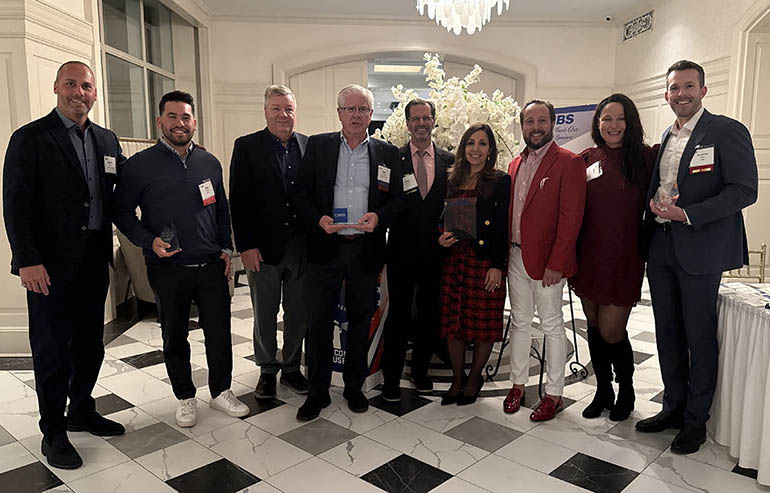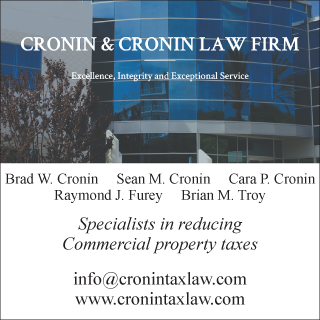“2024 a Year to Remember, and it is only September” - by Chuck Merritt

Earlier this year, I wrote about the recently adopted ASTM E-1527-21 Environmental Site Assessment (ESA) or more commonly known as a “phase one” standard being implemented as the only one now recognized to meet the All-Appropriate Inquiry (AAI) Rule for a purchaser of commercial real estate. Following this standard can also achieve certain legal protections as part of the Comprehensive Environmental Response, Compensation & Liability Act (CERCLA). With the adoption of the new standard came some notable changes including a more comprehensive look at adjacent/adjoining properties in addition to the property being purchased (or financed by a lender). Since there is a potential that these properties may have caused a negative environmental impact to the soil/groundwater or air quality (based on current or historical usage), consultants are now tasked to vet these sites as part of the phase one ESA process.
Many will argue that this new standard better equips purchasers with more information than prior standards. However, lenders mostly rely on the same type of report as outlined in their risk policy. Many questions have been raised by lenders over the past eight months when reviewing the newer report which may point out issues not stated in a prior ESA. Since many commercial loans are five to seven years in duration, it may not seem like all that long ago that an environmental report was fine and now it is not. When a borrower changes lenders, they may discover a higher threshold regarding perceived environmental issues/risks than the previous lender. It remains to be seen when a loan is staying with the same lender on how they will embrace or resist this “new look” at the property. Consultants will be called upon more than ever to assist their lending clients in understanding the new standard.
The new standard will undoubtedly lead to more recommendations for additional testing (AKA phase 2). Vapor sampling has become a more common recommendation within the phase one ESA to determine if neighboring sites have caused a negative impact to the subject site. The New York State Department of Health (NYSDOH) has published standards to follow when conducting vapor testing. Typically conducted with Summa Canisters, consultants can draw air from beneath a structure as well as the air in the building for a period of time (no less than two hours) and make a determination about the potential for sub-surface impacts (Contamination) migrating onto the target property.
To further complicate environmental consulting, on July 8th the Environmental Protection Agency (EPA) added two polyfluoroalkyl substances (PFAS) to the hazardous substance list. Also known as forever chemicals, they are now part of CERCLA law and required to be addressed as part of the ASTM-21 standard. This suite of different chemicals consists of approximately six hundred used in the United States. The two chemicals listed by the EPA include perfluorooctanoic acid (PFOA) and perfluorooctanesulfonic acid (PFOS) These chemicals are found in hundreds of household items as well as industrial uses in which greater amounts of the chemicals were used.
PFAS and similar compounds are referred to as “forever chemicals” because of their strong carbon-fluorine bonds that cause these chemicals to be highly resistant to degradation, remaining in the environment for long periods of time. It is when these forever chemicals end up in the drinking water supply where the danger lies as ingesting them can have long-term effects and contribute to many types of cancers. This has prompted public water municipalities to file lawsuits against the large chemical manufactures responsible for developing and patenting products that contain the chemicals. The allowable amount of these chemicals is measured in parts per trillion which means if you test for it, you will probably find it. Once it appears in a phase one report as a Recognized Environmental Condition (REC), buyers need to consider the options available including phase 2 testing for their own knowledge as well as the lender they may be approaching for a loan. Testing for these chemicals will increase the cost of phase two investigations and there is currently no easy way to remediate PFAS so the value of conducting such testing should be discussed.
Buyers (more than lenders) need to understand the ramifications of purchasing a site that may have these forever chemicals present. States, such as New York, have strict liability laws holding a property owner responsible for environmental issues even if they were caused by a former owner/operator of a property. Lenders may need to look at internal risk policies on how to factor these new environmental issues when issuing a loan to a borrower.
With these two seismic events occurring in the same year, those in the environmental industry need to educate their clients about these increasing demands. Buyers should choose a consultant with the necessary expertise and experience and not the cheapest provider as the ramifications for missing these issues can be severe. Vetting the level of insurance and carriers standing behind the policy the consultant is carrying is more important than ever. Lenders should do the same in vetting those on the approved list using the same criteria of experience and level of insurance backing up the consulting firm.
Chuck Merritt, LEED AP, is the president of Merritt Environmental Consulting Corp., Hauppauge, N.Y.
Suffolk County IDA supports expansion of A&Z Pharmaceuticals


The evolving relationship of environmental consultants and the lending community - by Chuck Merritt
When Environmental Site Assessments (ESA) were first part of commercial real estate risk management, it was the lenders driving this requirement. When a borrower wanted a loan on a property, banks would utilize a list of “Approved Consultants” to order the report on both refinances and purchases.









.jpg)